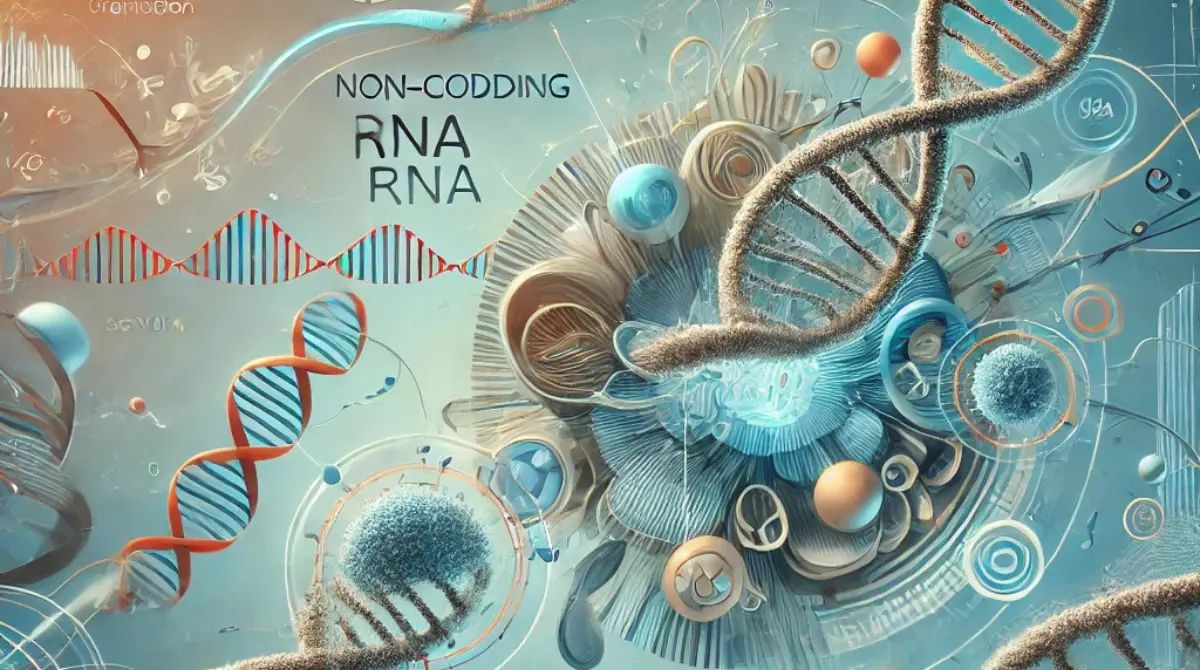Introduction
In the field of genetics and molecular biology, sgk1-004 is an emerging topic of interest, particularly in zebrafish (Danio rerio). The serum/glucocorticoid-regulated kinase 1 (sgk1) gene plays a crucial role in cell survival, proliferation, and ion transport. Among the many transcripts associated with this gene, sgk1-004 stands out as a non-coding RNA (ncRNA), meaning it does not code for a protein but may still influence gene regulation. Researchers are increasingly studying sgk1-004 for its potential regulatory functions and its implications in inflammation, cellular signaling, and evolutionary conservation.
This article delves into the sgk1-004 transcript, its role in zebrafish, how it interacts with sgk1, and its broader relevance in genetic research.
What is sgk1-004?
The sgk1 Gene and Its Importance
The sgk1 gene encodes a serine/threonine kinase, which is part of the AGC kinase family. This protein plays a vital role in various cellular processes, including:
- Regulating ion channels and transporters.
- Promoting cell survival and proliferation.
- Influencing inflammatory responses.
- Modulating metabolic pathways.
In zebrafish, sgk1 is located on chromosome 23, and multiple transcripts are produced from this gene, including both protein-coding and non-coding RNAs.
Classification of sgk1-004 as a Non-Coding RNA
The sgk1-004 transcript is a non-coding RNA (ncRNA) with a retained intron and spans 649 nucleotides. Unlike mRNAs, which get translated into proteins, ncRNAs regulate gene expression at transcriptional and post-transcriptional levels. This means that while sgk1-004 does not produce a protein, it may still have biological functions in gene regulation.
Biological Functions and Potential Roles of sgk1-004
Although sgk1-004 is still being studied, research suggests that non-coding RNAs like sgk1-004 might have significant regulatory functions. Some of the potential roles include:
1. Regulation of Inflammatory Responses
Studies on sgk1 in zebrafish have shown that disrupting this gene delays inflammation resolution. However, it does not impact neutrophil recruitment, which means sgk1 plays a role in neutrophil survival and signaling. Since sgk1-004 is related to sgk1, researchers suspect that this non-coding RNA might have a role in modulating inflammation and immune responses.
2. Influence on Cellular Signaling Pathways
SGK1 is known to interact with potassium channels, sodium channels, and transporters that are crucial for cellular homeostasis. Since sgk1-004 belongs to the same genetic family, it may have a post-transcriptional regulatory role that fine-tunes the expression of these channels.
3. Role in Cell Proliferation and Survival
SGK1 has been implicated in cell survival, and its dysregulation is linked to diseases like cancer, neurodegeneration, and cardiovascular conditions. Some studies suggest that non-coding RNAs associated with SGK1 influence apoptosis (programmed cell death) and cancer cell survival. While the exact function of sgk1-004 is unclear, it might participate in these pathways.
4. Evolutionary Conservation and Genetic Insights
The sgk1 gene is conserved across various species, including:
- Humans
- Mice
- Rats
- Chickens
- Zebrafish
This conservation highlights its essential biological role. Since sgk1-004 is derived from sgk1, it could also have evolutionary significance, helping scientists understand how gene regulation evolved in vertebrates.
Research and Medical Implications of sgk1-004
Potential in Human Disease Research
Since SGK1 is involved in human diseases, studying sgk1-004 in zebrafish could have important medical implications. Some areas of interest include:
- Hypertension: SGK1 is linked to high blood pressure, and its regulatory elements (including non-coding RNAs) might provide therapeutic targets.
- Cancer Research: SGK1 promotes cancer cell survival; hence, sgk1-004 might play a role in tumorigenesis.
- Neurodegenerative Diseases: SGK1 influences neuronal signaling, and its associated ncRNAs might be involved in brain function and neuroprotection.
Use of Zebrafish as a Model Organism
Zebrafish are widely used in genetic and pharmaceutical research because they share many genes with humans and have transparent embryos, which allow for real-time developmental studies. The study of sgk1-004 in zebrafish could lead to discoveries applicable to human medicine, including drug development and gene therapy.
Future Directions in sgk1-004 Research
Despite the growing interest in Understanding sgk1-004, there is still much to learn. Some critical areas for future research include:
- Determining its exact molecular function: Scientists need to study whether sgk1-004 directly interacts with mRNAs or proteins to regulate gene expression.
- Understanding its role in disease: More experiments are needed to see how sgk1-004 is linked to inflammation, cancer, and metabolic disorders.
- Exploring its therapeutic potential: If sgk1-004 plays a regulatory role in SGK1-related diseases, it might be a target for RNA-based therapies.
Conclusion
The sgk1-004 transcript is an exciting area of study in genetics and molecular biology. As a non-coding RNA, it does not produce proteins, but its association with the SGK1 gene in zebrafish suggests it plays a role in gene regulation, inflammation, and cellular signaling. While research is still ongoing, sgk1-004 may provide valuable insights into human diseases like cancer, hypertension, and neurodegeneration.
Understanding sgk1-004 could open doors to new therapeutic approaches and enhance our knowledge of gene expression mechanisms. As scientists continue to explore its functions, this small RNA transcript might reveal big discoveries in genetic research and medicine.
For More Information:
https://infoskol.com/power-of-oridzin-a-comprehensive-guide-with-health-benefits/










